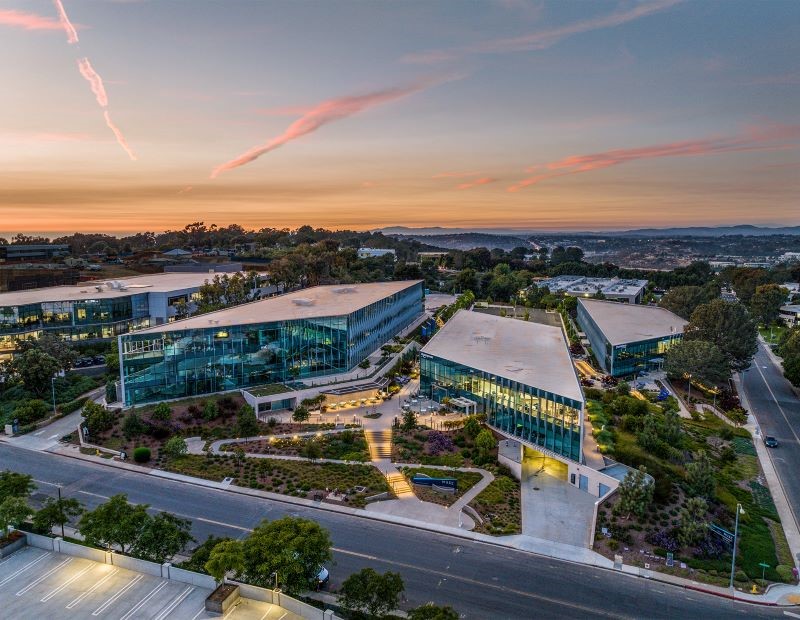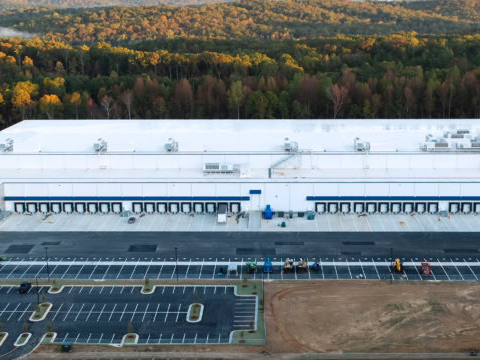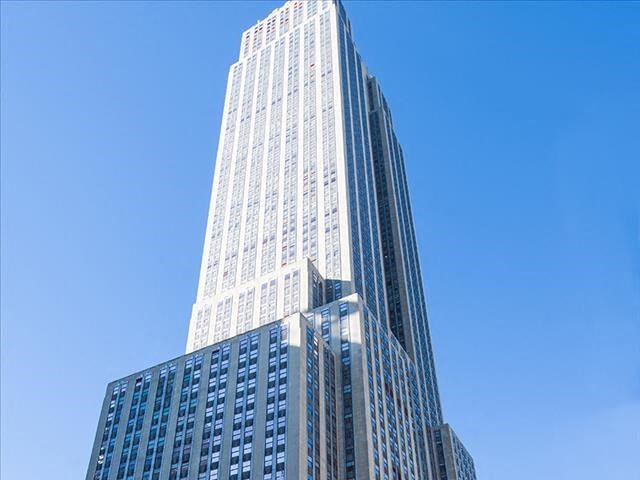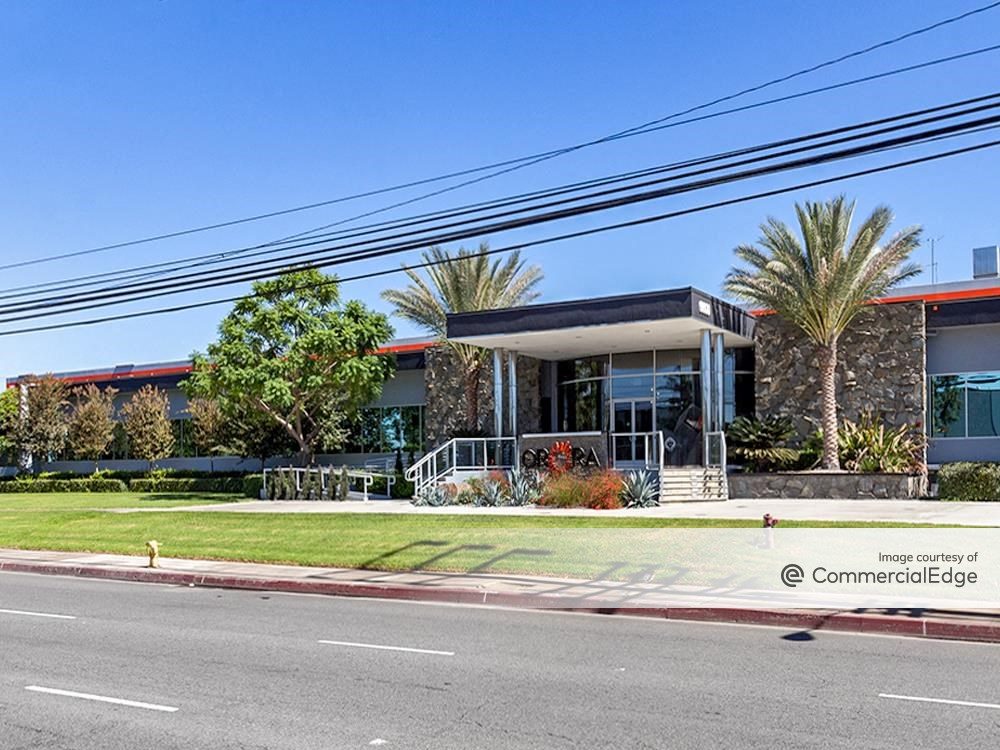In the Upside Down
With many employees working from home, it makes sense for residential energy use to be up. But given that offices are still only 25 percent occupied, why has their energy usage been so minimally reduced?

Editorial Director Suzann D. Silverman
In this upside-down year, stores no sooner stopped giving out plastic bags for environmental reasons than COVID-19 arrived and we were advised not to bring in our reusable bags to avoid inadvertently spreading virus germs. Now I can’t find anyplace to recycle a growing mountain of plastic grocery bags, and I’m cringing at the idea of how many more are going into landfills, not to mention our waterways, and ultimately the oceans.
Energy usage, too, has been turned upside down. With so many workers and students home all day, residential use of electricity and fossil fuels is way up. Meanwhile, with offices still only 25 percent occupied, according to the latest data from Kastle Systems, the vast majority are either vacant or sparsely populated. Yet in many cases energy reduction has been minimal,as Thomas Vazakas, Cushman & Wakefield associate director of energy, infrastructure and sustainability for the EMEA region, told Diana Mosher for her story “Energy Awareness Brings Savings During COVID-19.”
That’s in part due to a dearth of large open layouts to allow for motion-sensing lighting and targeted heating and cooling. If only a few people are working in the space, the entire area often is still fully lit and the temperature modulated for their comfort, with only private offices, conference rooms and server rooms zoned, providing a limited benefit. That is exacerbated where work hours are being staggered, resulting in longer periods of occupancy. In other cases, office temperatures are not adjusted despite the space remaining entirely vacant.
Though workers are slowly returning, many office occupancies will likely remain low for quite a few months. And even when offices are more fully populated (I’m assuming this pandemic won’t last forever, though sometimes it feels like it will), property owners and managers can improve energy consumption, cost management and environmental health by installing instrumentation to zone and adjust the common areas, and by implementing new guidance from the American Society of Heating, Refrigeration and Air-Conditioning Engineers. The ASHRAE standards are intended to introduce more fresh air into buildings, which the Environmental Protection Agency has recommended to disperse any indoor concentration of COVID-19.
While the pandemic has exposed this still-low energy management effort, the shift toward more sustainable buildings has continued across the real estate spectrum. And that is likely to continue no matter who sits in the White House come Jan. 20. That’s because the market focus on renewable energy and zero-net consumption is transcending any legislative bent, as climate concerns steer investors toward companies favoring environmental, social and governance issues, Byron Carlock, national partner & real estate practice leader for PwC, recently explained to our writer Sibley Fleming. In addition, a broad municipal commitment to climate improvement is driving regulation at the local and state level, according to Billy Grayson, executive director at the ULI Center for Sustainable and Economic Performance. (We’ve outlined the leading real estate-related presidential campaign issues in “What’s at Stake for CRE in the 2020 Presidential Election?“)
In fact, my own state government has just reintroduced legislation against the use of both plastic and paper bags. Maybe I’ll be getting out my reusable bags again soon!







